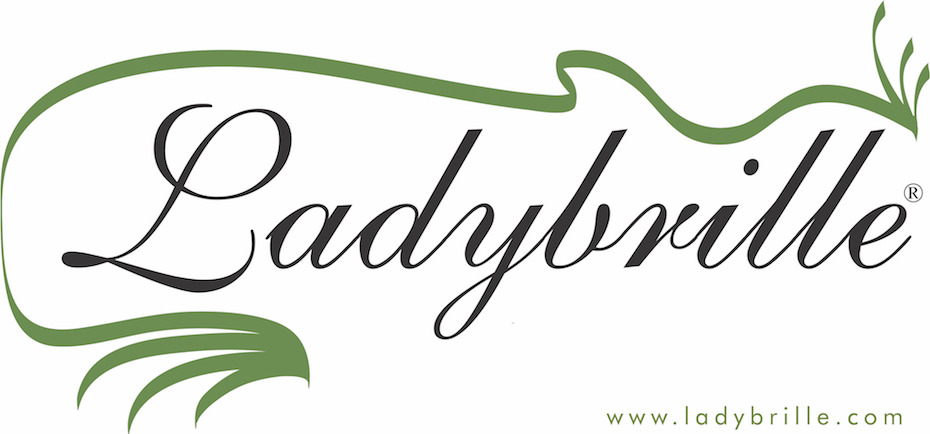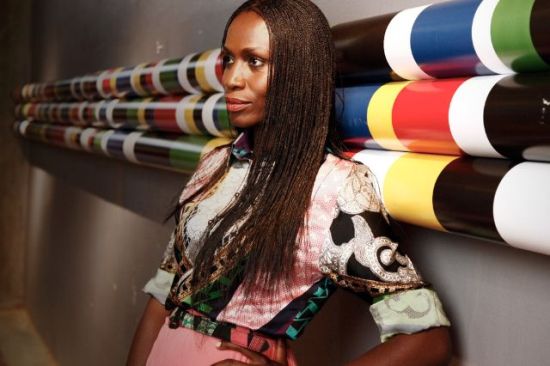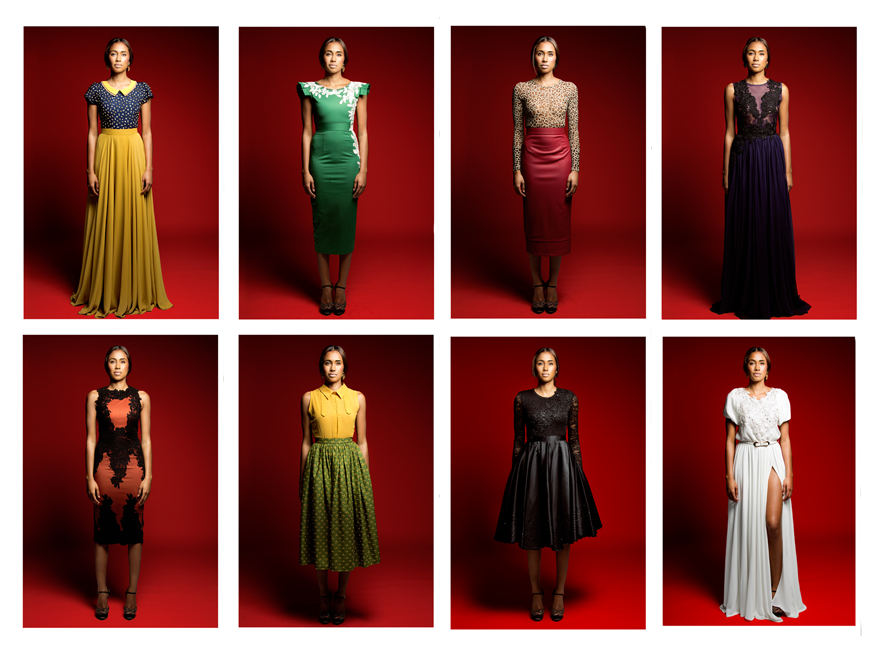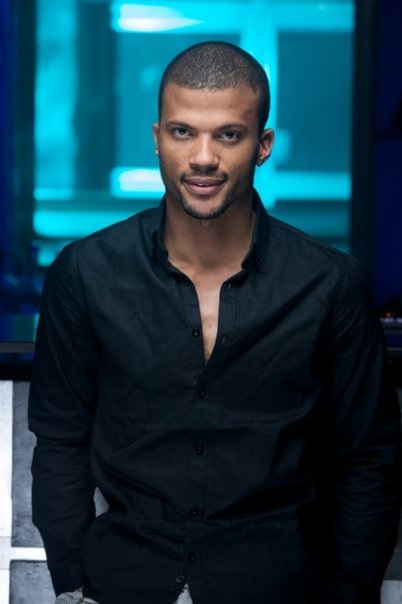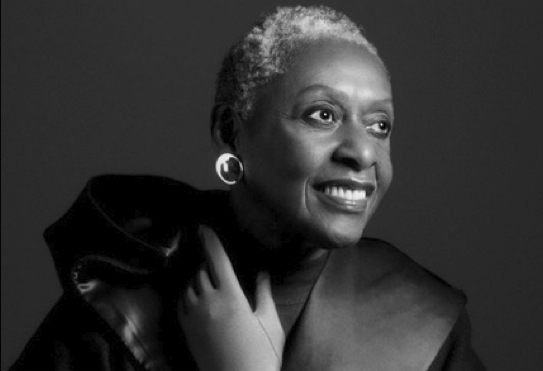 I am a voracious reader and writer. So, five years ago when the disruption in the fashion industry began, I was reading as much as I was writing. On the Western end of things, fashion bloggers kicked the gate open and pushed aside the old gatekeepers. From Fashion Televisions, to top magazines and editor-in-chiefs, consumers of fashion seemed to say, “No! Forget about it. You won’t dictate as much as you do, what we should buy or the way we should look and feel about our bodies.”
I am a voracious reader and writer. So, five years ago when the disruption in the fashion industry began, I was reading as much as I was writing. On the Western end of things, fashion bloggers kicked the gate open and pushed aside the old gatekeepers. From Fashion Televisions, to top magazines and editor-in-chiefs, consumers of fashion seemed to say, “No! Forget about it. You won’t dictate as much as you do, what we should buy or the way we should look and feel about our bodies.”
For Africa’s fashion industry, this was great news! Until five years ago, African models had been trailblazing and carrying Africa on their backs, in the Western fashion industry, but they were far and few between.
In 1976, we had Iman. In the 1980s, we had Waris Dirie. By the 1990s, we had Alek Wek. Supermodels Oluchi and Liya Kebede would come at the tail end of the 90s into the early 2000s. We were sold such extreme polarities of African beauty by the Western media. While we began resigning ourselves to this reality, the disruption of the fashion industry, especially as to new and interactive media, helped us rebel against the status quo.
African fashion bloggers emerged 2006 onwards. Like their Western counterparts, they too kicked down the old gates and shoved aside the gatekeepers. They too began to really tell the story of African beauty through fashion. During these times, beyond being part of pioneering this fashion movement in Africa, I subscribed, within the five-six years years, to over 30 blogs all reporting on African fashion. These were the new Mavens of African fashion, they were the evangelists and I wanted to hear what they had to say. There was such excitement and such hope.
From African fashion bloggers evangelizing about African fashion, those who came and tasted the fruits of African fashion loved it and spread the testimony like wild fire. Ultimately, the West and Western media began to really pay attention. The attention of Western media, in particular, was so intoxicating and exhilarating for many in the fashion industry who had never tasted such attention. WOW! CNN? BBC? Reuters? For these persons and in many instances, African fashion designers, began to shun the African fashion bloggers who were the catalyst for this revolution. In fact, God forbid if you found the coverage of these bloggers featured on some of Africa’s leading designer websites who could not get the time of the day from Western media. They were all replaced and instead the mentions of Western media, even if it was some obscure blog, took center stage on their websites, social media sites et. al.
Another thing that was also taking place in Africa’s fashion industry was the proliferation of fashion shows produced to showcase African fashion designers. There was an explosion of fashion weeks across the continent and in the diaspora. Every one was producing a fashion show with such dizziness it made the heads of those who had to consume all that content spin.
What was particularly interesting and still is, is that many of these shows were so close, they tended to throw in the Kitchen sink; and in terms of production did not give fashion bloggers/media the real time to recuperate so they could properly report African fashion.
Indeed, back to the over 30 blogs I subscribed to and still do. When you fast forward to 2012 about five blogs, at best, on my list, are alive and consistently reporting on African fashion i.e. any and all things related to fashion coming from the continent or from persons of African descent in the diaspora. In addition, while Western media does report every now and then on African fashion, in observing trends, the excitement has died down considerably from what it was.
However, even for the few reporting on African fashion weeks, the marathon of show producers to have numerous fashion shows and invite every one who claims to be a designer has resulted in poor reporting over time.
With hundreds of images churned out by fashion photographers from the runways of these shows, who has the time to cover 40 designers in one show? Who has the time to cover 77 designers in one show? Also, often, you wonder where the buyers are and what real return on investments these designers have had in showing at every show that will take them.
Indeed, there is such overlap, such redundancy and terrible craftmanship displayed at many of these fashion shows. Further, in terms of fashion coverage, a designer is now lucky if all their images are dumped on a website with a headline that identifies the fashion show and the designer name. That’s it.
Indeed while there is room for such kind of reporting given the numerous back to back African fashion shows all year round, there is also a HUGE need; thanks to the floodgates being open, for producers to vigorously edit/curate/vet their shows.
This is where Omoyemi Akerele of StyleHouse Files comes in. She did this so well that she is indeed worthy of the time and energy it took to write this post and to illustrate that this ought to be the way forward for Africa’s fashion industry.
Here are five (5) things that fashion producers can emulate and should emulate from the just concluded MTN Lagos Fashion & Design Week 2012 so that the whole African fashion ecosystem does not fizzle out, as quickly as it has come.
1. CURATE, CURATE, CURATE: Much the same way museum directors curate/vet the pieces that will be shown in a museum, show producers shouldn’t be focused on quantity over quality. There should be a rigorous screening process to select only the best of the best, which includes promising designers. Akerele has a team of experienced fashion industry professionals who scouted the country (Nigeria) and went through a thorough screening process to select emerging designers, in addition to already existing Crème de la Crème designers.
2. BE MINDFUL OF TIMELINES: In this case, MTN Lagos Fashion & Design Week (LFDW) ran very close with Mercedes Benz Fashion Week Africa. While the excellent curating at MTN LFDW has helped keep the attention on the event, it is important producers be mindful of dates they choose to avoid conflicts. From a practical standpoint, with 4-5 of best of the best blogs consistently covering African fashion, there is no way they can run through almost 100 designers in three days and give them the attention they deserve. Online magazines/bloggers are your evangelists, your mavens to help brand your production and the designers you present. When you make sure you have no conflict with other fashion weeks, you give them a chance to present the best of your work product and that of the designers who participate in your event to the world.
3. AVOID SUCH HUGE DISPARITY WITH EMERGING AND VETERAN DESIGNERS WHO SHOW AT YOUR EVENTS: This is a major pet peeve for me. When either myself or staff make the time to cover your fashion weeks, producers, I don’t want to focus on the glaring glitches i.e. the terrible lighting that makes it hard to see images well, the terrible selection of models that simply do not carry the clothes well. Models should not be underwhelmed or overwhelmed in a design. The lack of shoes, terrible hair and makeup and the list goes on.
I want to focus on the garment, the presentation and delivery. How well garments are constructed and encourage my audience to purchase these garments. Often, most producers throw everyone in (the kitchen sink), the really good and terrible designer. It becomes very distracting and a complete waste of time, which means even if coverage begins, it is not completed, or it only focuses on the veteran names.
In the recently completed MTN Lagos Fashion & Design Week, I can’t tell the difference between newbies and seasoned designers, except by their names and information made available by the producers. The quality of the work of all designers that showed was stellar. Again, producers, please avoid such gaping disparity with the designers you select to show on your platforms.
4. UNDERSTAND THE POWER OF COLLABORATIONS WITH FASHION BLOGGERS: Print publications are great. However, as explained above, especially when it comes to African fashion, your African fashion bloggers should be your #1 go to persons for collaborating. On the Western front, this is now a common occurrence. Luxury fashion brands collaborate with some of the best of the best bloggers to deliver strong fashion campaigns, among other things. They make mutually beneficial proposals, and yes, depending on the kind of agreement entered into, it does include monies, in some instances. In certain other cases it is more of an in kind exchange. Either way, link up with the best of the best bloggers that whose vision aligns with yours as a producer so they can give your event even more credibility.
MTN Lagos Fashion & Design Week did this. They collaborated with Damilola Amolegbe’s Haute Fashion Africa. Producers, you must establish credibility and consistency with the reporting of your work by affiliating with Fashion bloggers who share the same values with you for a farther reach. It’s sort of the macro landscape that you should have in mind as you also seek other macro players such as Vogue Italia et. al.
5. FINALLY, FOCUS ON ATTRACTING BUYERS WHO ARE SERIOUS ABOUT BUYING TO YOUR EVENT: When it comes to African fashion weeks/shows, the numbers have been dismal when it comes to showing the evidence of buyers that have: 1) attended these fashion weeks; and 2) purchased designs as a result of their presence and what they saw at the shows. MTN Lagos Fashion & Design Week had a credible online retailer present from Italy who is ready to purchase. He has tweeted numerous images of some of the designs he really liked and is considering purchasing from the event.
They also had Suzy Menkes, a formidable media fashion staple in the Western fashion industry. While Menkes is not a buyer, since she is an authority on fashion, probability is credible buyers will be paying attention to Akerele’s event both now and for next season.
Indeed Menkes is one person who is very discriminatory with her time but when it makes sense, she will present herself at events. I have seen Menkes become a regular here locally at the Academy of Arts in San Franciso; giving of herself to fashion students.
Back to buyers, while it is great to attract buyers on a macro level i.e. US international fashion buyers of major online and brick and mortar retail stores, producers should also focus on buyers locally. There is still a large amount of cross-continental sales that need to occur in Africa. With overseas buyers, you still have to almost reintroduce Africa and persuade them. With buyers locally, especially buyers in South Africa, arguably, they know African culture and know their target market will most likely be more responsive to excellent designs as the ones exhibited at MTN Lagos Fashion & Design Week.
The above are thoughts that come to mind with the impressive production by Omoyemi Akerele and her team at MTN Lagos Fashion & Design Week. I am actually enjoying going through the shows and seeing great fashion coming from the continent, and spotting new talents.
Indeed, her show ought to serve as a blue print, at a basic level, for Africa’s fashion event producers to follow. If you are already doing what she is doing, it never hurts to be reminded and to draw on some principles explained above; to better improve the return on investment for you, the designers and other important players in Africa’s fashion ecosystem.
For coverage of MTN Lagos Fashion & Design Week, click here.
-Uduak Oduok
Photocredit: Zadile Blay/AfricaStyleDaily.com
Founded in 2007, Ladybrille® Magazine is a California based pioneer digital publication demystifying the image of Africans in the west through contemporary African fashion and celebrating the brilliant woman in business and leadership, with an emphasis on the African woman in the diaspora. Our coverage includes stories on capital, access to markets, expertise, hiring and retention, sales, marketing, and promotions.
